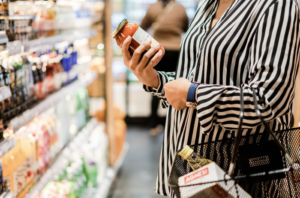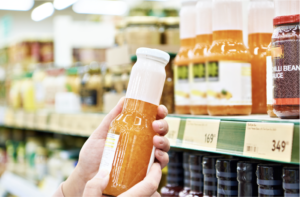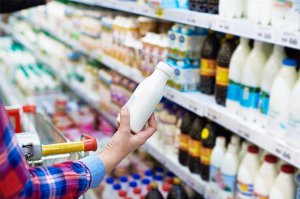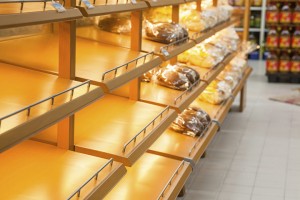How national brands (NB) are priced relative to Private Labels (PL) in a category is a key factor in determining the relative value of either offering: Excessive NB pricing will push shoppers to PL (a move which we know is difficult to reverse), while too small a price difference may undermine the equity of a brand and reduce margins required for maintaining this equity.
In today’s Pick of the Week we examine this price distance across 100s of categories for the top retailers in a Western European country.
Price distance highest in personal care and lowest in food
In the average category NB prices are 80% above PL prices. On this aggregate level a higher price distance is not linked to more PL success. In fact, where PL is performing better NBs had to adjust prices more (in relative terms) to remain competitive (i.e. food).
Price distance between NB and PL more pronounced in Discounters
Somewhat surprisingly, NB prices are closer to PL prices in the average category in supermarkets (the #1, #2, #5 players in the market) compared to Discounters (#3, #4). Whether this is a consequence of higher-priced PL offerings in supermarkets or more premium NBs in Discounters will be a topic for the next blog.
Willingness to pay more for NB vs PL must continuously be nurtured
Consumer willingness to pay more for NBs than PLs hinges on various factors. An academic study in collaboration with Europanel helped develop a set of guidelines which brand managers should treat as their mantra.

















































































































































































































































































































































































































